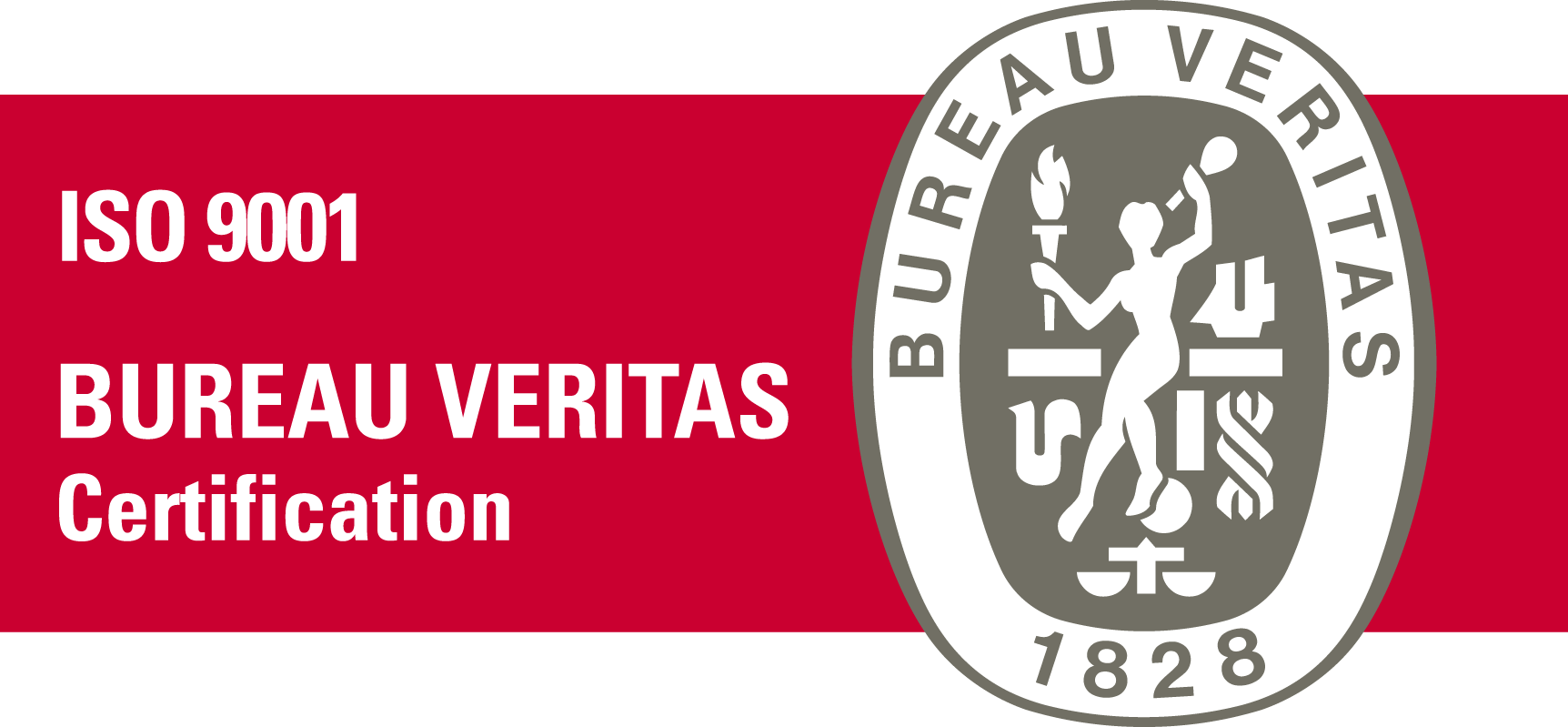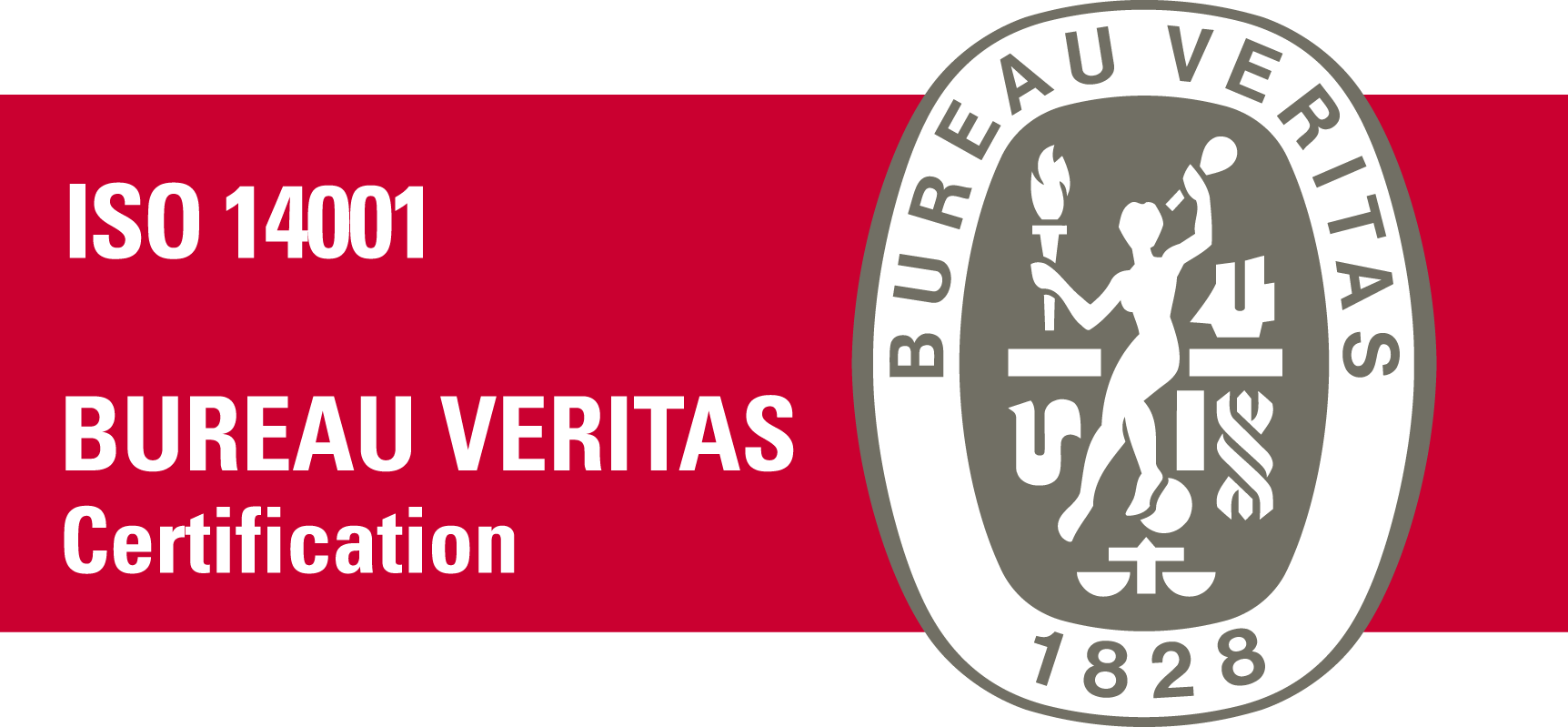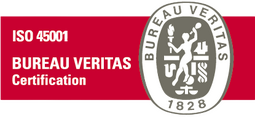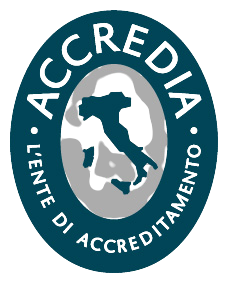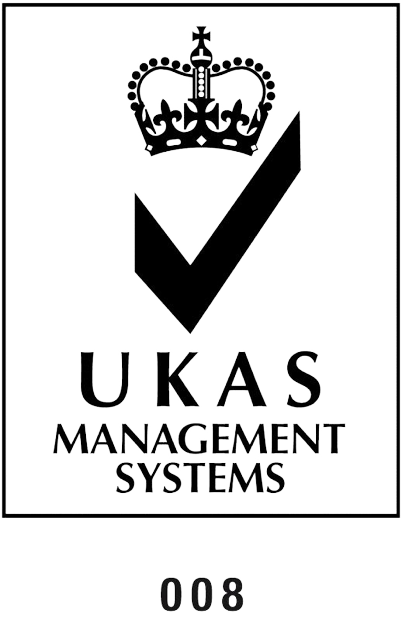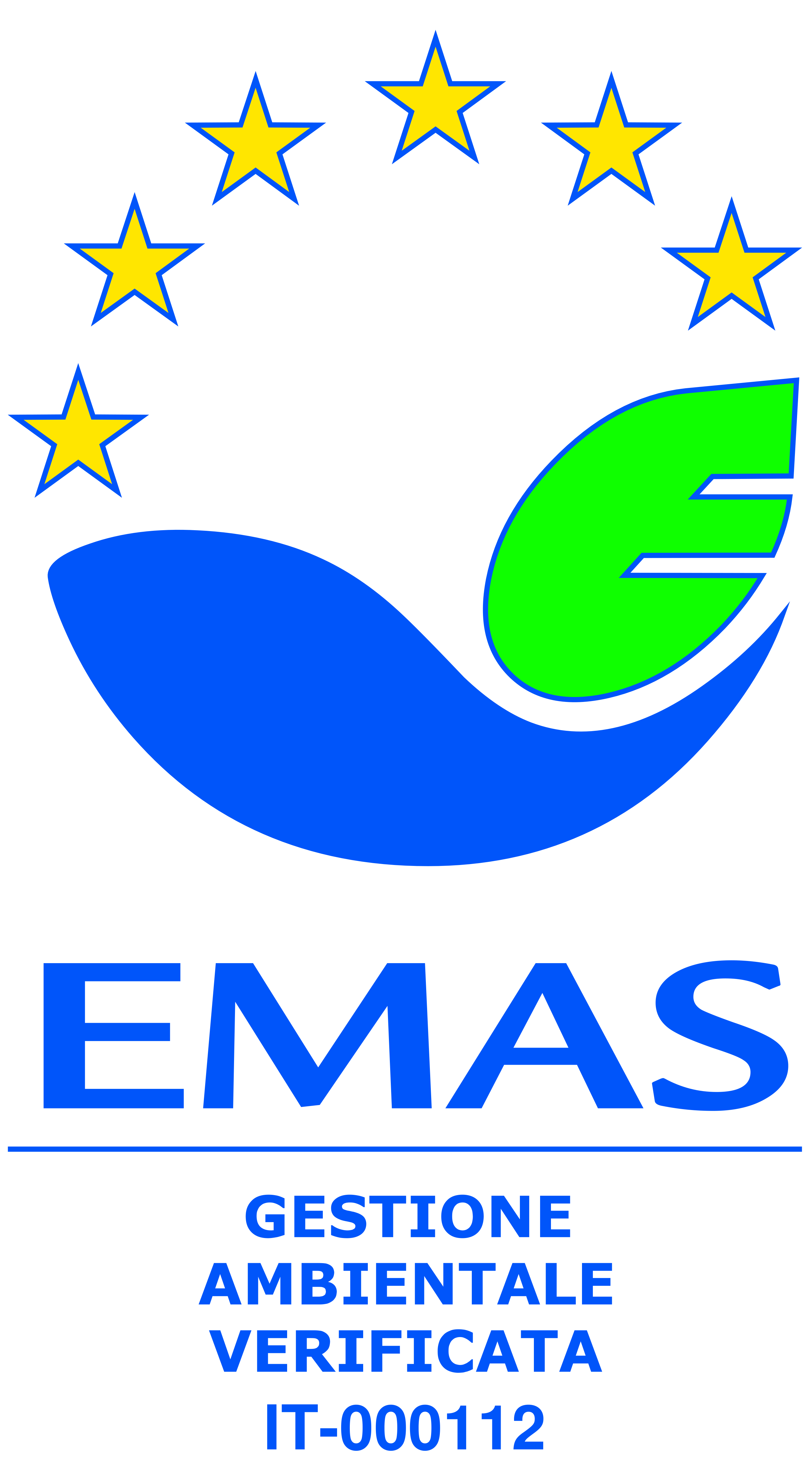Integrated pole

The Ginestreto integrated hub (Sogliano al Rubicone - FC) is equipped with waste treatment, recovery and valorisation plants and plants for the final disposal of process waste that can no longer be recovered. It therefore represents an example of how the management of an activity with a potential environmental impact can be combined with respect for and enhancement of the territory. Here are some representative data of the activity carried out:
- 300,000 t / year of waste managed in total in the managed plants, from which materials and energy are recovered to be returned to the market.
- 35,000,000 kWh / year of electricity produced by the recovery of biogas generated by the degradation of the organic fraction of waste and process heat, as well as by the photovoltaic system.
- 7,000 kW of total installed power.
- 11 environmental, process quality, worker health and safety certifications, qualification for public works execution, in addition to the internal code of ethics based on the organization and management model pursuant to Legislative Decree 231/01.
Acceptance and sorting of waste from and to the plants
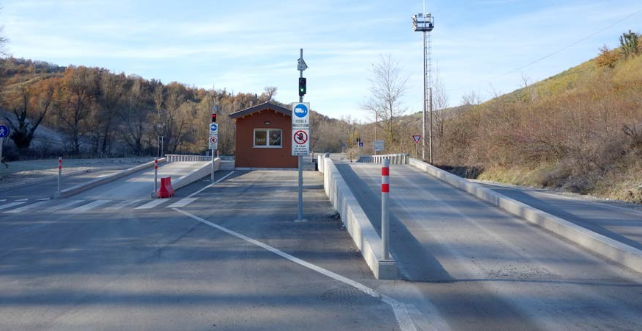
Non-hazardous domestic and industrial waste from different regions of the national territory arrives at the Ginestreto integrated hub. The acceptance and weighing area manages everything that enters and leaves the Ginestreto center, whether it is waste or raw material. The first check is of an administrative nature, the origin, the authorization compliance, the existence of a reference commercial contract and the characteristics, including analytical ones, that accompany each load are checked. Through the information contained on the forms or transport documents, the data is recorded on the electronic management program that verifies compliance with the necessary requirements for admissibility. Each waste is sent to the specific treatment, recovery or disposal plant, while in the case of waste or outgoing products, these are sent to the authorized and previously identified final plants. Approximately 300,000 tons of waste are handled at the hub every year. As regards the transport of the same to and from the plants, a substantial part is managed by the subsidiary Sogliano Ambiente Trasporti.
Wet fraction recovery stabilization
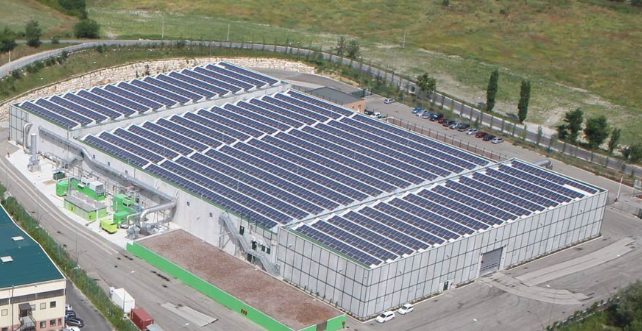
The treatment plant of the organic fraction of the waste from separate collection through dry aerobic and anerobic stabilization produces mixed composted soil conditioner (quality compost) subsequently used as fertilizer in agriculture and in horticultural activities. The treatment capacity is 50,000 tons of waste with a production of about 5,000 tons of soil improver. Furthermore, the coverage of the plant has been integrated with a system of over 6,500 photovoltaic panels for the production of electricity from solar energy which produce approximately 700,000 kWh of energy per year, minimally used to power the plant process. while most of the remainder is sold to the national operator who feeds it into the network for civil and industrial uses.
Another product of the degradation / stabilization of the workforce is biogas, with which two engines are powered that produce 8.5 million kWh / year of energy, in addition to the heat necessary for the self-sustaining of the process, sold to the national operator who it feeds it into the network for civil and industrial uses.
Dry fraction sorting and recovery plant
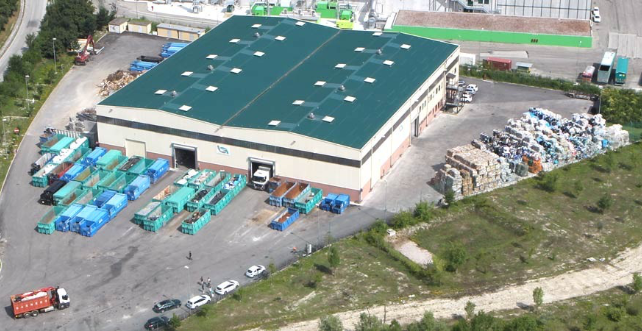
Ginestreto's plant for sorting and valorising the dry fraction of non-hazardous waste treats 40 thousand tons of waste a year through mechanical and manual sorting and separation of the various components such as paper, cardboard, wood, plastic, metal, glass.
The activity of the plant, therefore, is aimed at recovering the commodity uniform, recyclable and reusable waste fractions obtained by selecting incoming waste, constantly checked in acceptance by the operators, to confirm compliance with the product characteristics declared by the manufacturer during the homologous. This activity leads to the continuous production of an undifferentiated waste stream (EER 191212), no longer recoverable, destined for disposal in the adjacent landfill of the pole.
Disposal in landfills
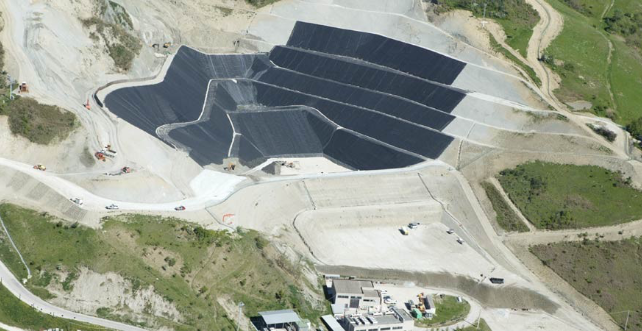
The waste produced by the treatment and the non-recoverable or reusable process waste are permanently disposed of in the landfill under operational management, made with the best technologies and equipped with the necessary safeguards to constantly monitor the processes. The Ginestreto site currently includes two landfills in post-management and one in operation which collects approximately 160,000 tons / year of non-hazardous special waste. Once unloaded, handled in uniform layers and compacted with special operating machines, in order to give the entire pile a profile that conforms to the project configuration.
The degradation of the biodegradable part of the waste generates biogas which is captured and removed from storage and sent for recovery for the production of electricity or burned in high temperature flares, if it does not have the necessary and sufficient characteristics for combustion. In addition, the degradation produces leachate which is treated at the connected plant, inside the pole, from which a by-product is obtained, ammonium sulphate sold for use in agriculture.
Treatment of landfill leachate
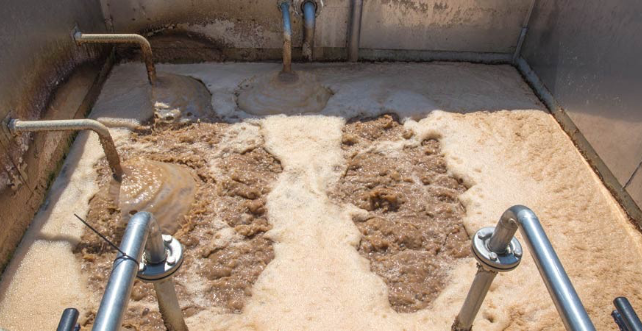
Since October 2013, the landfill leachate treatment plant has been active which returns 15% of concentrate, 10% of ammonium sulphate and 75% of purified industrial waste, whose physico-chemical characteristics allow it to be release into surface waters. The concentrate, on the other hand, is re-introduced into the landfill with the aim of facilitating and accelerating the degradation processes of the waste and the production of biogas; instead, ammonium sulphate is sold and destined for the wood industry and fertilization in agriculture.
The exhaust fumes, controlled by continuous systems, are treated with post-combustors to eliminate the residual impure components.
The process consists of evaporation, vacuum concentration, stripping with ammonia and final MBR treatment, with an annual capacity of 30 thousand tons per year, corresponding to about 90 m³ of wastewater per day.
Production of clean energy from biogas
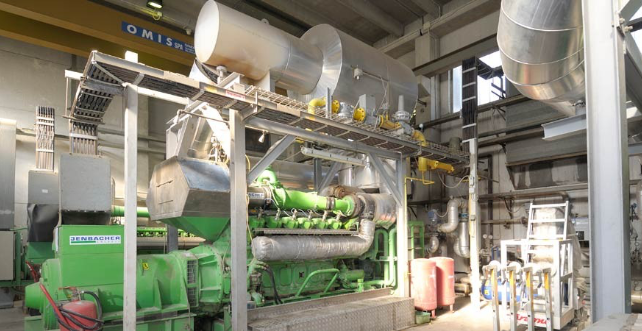
The biogas produced by the degradation of waste in landfills and at the organic stabilization plant is captured and treated for the production of electricity. In Ginestreto, approximately 2,500 Nm3 of biogas every hour, corresponding to the part with methane content equal to or greater than 35%, produce approximately 2,200 kWh of energy sold entirely to the national grid and subsequently used, at the very least to power the plants. The part of biogas, equal to approximately 1,500 Nm3 of biogas, produced by the landfill in post-management for more than 15 years that no longer has the characteristics for recovery, is burned in a high temperature torch.
The landfill biogas cogeneration plant produces a total of 27,500 kWh total per year which are fed into the network and, to a minimum, also used for the operation of the purification plant.
Production of energy from combustion fumes heat recovery
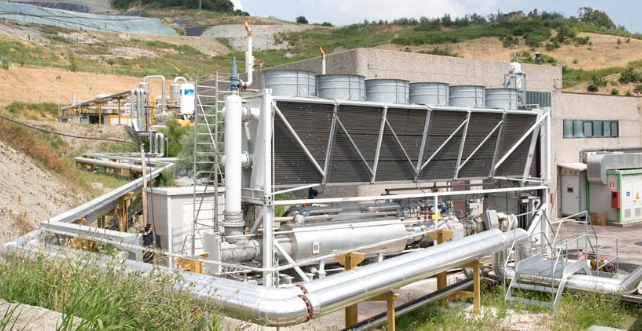
The heat recovery of the combustion fumes of the cogeneration plant connected to the landfills takes place through exchangers that recharge the thermal heat necessary for the evaporation and concentration process of the leachate treatment plant. The thermal power of 0.75 MW allows a production of 1,500,000 kWh.
To replace this, the heat is supplied to the system from a boiler powered directly by biogas.
Weee recovery plant
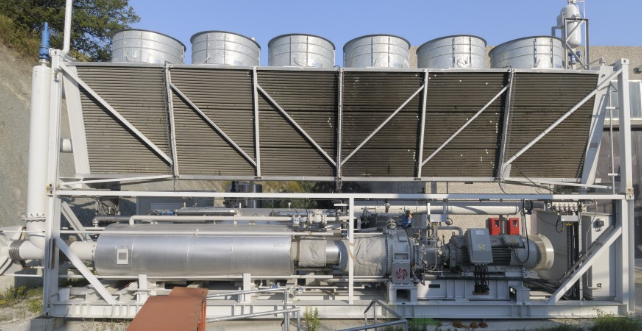
The WEEE electronic waste treatment plant deals in particular with PCs (without monitors) and electronic cards (and other similar devices such as mobile phones, notebooks and tablets), and is aimed at separating materials (plastics, mixed metals, fibers of glass, etc.) for the subsequent recovery at other plants and for the recovery of precious metals present.
The proposed activity in the authorized treatment and recovery plant is, at this stage, only manual and is able to treat a maximum quantity of 5,500 tons per year of Waste from non-hazardous Electrical and Electronic Equipment. The disassembly of WEEE includes only the disassembly operations of the various elements that make up the electrical and electronic equipment out of use, in order to differentiate different components and materials to be assigned, separately, to specific recovery operations.
The components, elements and materials produced with the disassembly operation are mainly the following:
- Side / front panels and frames in ferrous and non-ferrous metals;
- Cards and other electronic components;
- Plastic fractions;
- Batteries;
- Installations for the temporary storage of waste;
- Aluminum fractions;
- Cables and wiring systems;
- Power supplies;
- Electric engines.


